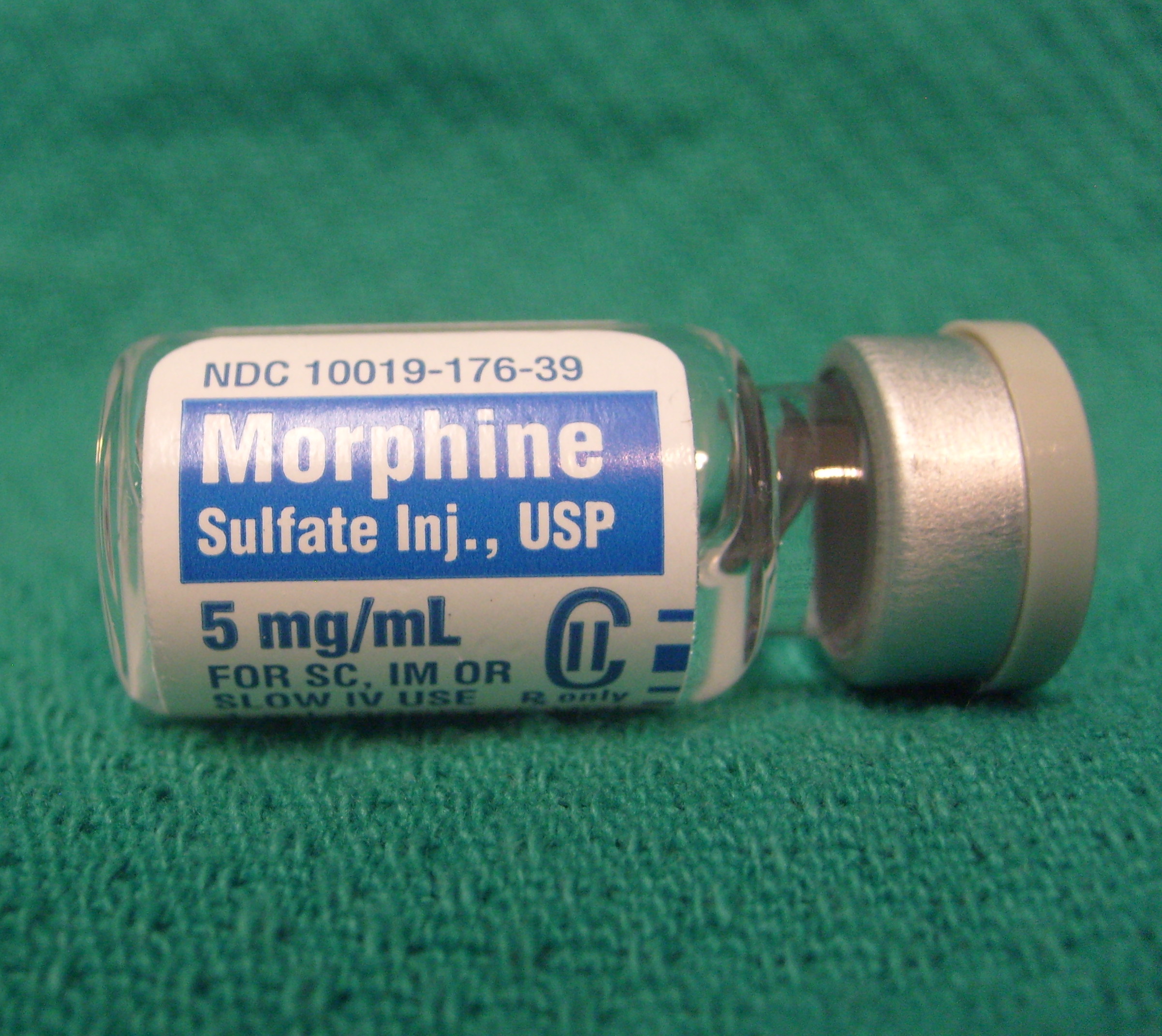![]()
Researchers at Tulane University and Southeast Louisiana Health Care System are developing a new painkiller as an alternative to morphine. The new drug is confirmed to be just as strong as morphine, but with fewer harmful side effects.
This new painkiller is a peptide-based “engineered variant of the neurochemical endomorphin,” which means that it is a naturally based variant of a chemical already in the human body. It is designed to target pain-relieving opioid receptors in the same way as morphine.
Morphine, along with other opium-based drugs, serves as the leading treatment for severe and chronic pain, with 10 percent of the American population having received the drug for surgery-related pain relief. However, the potent pain-relief comes with problems.
“Studies suggest that morphine is more addictive than cannabis, cocaine, tobacco, alcohol, ecstasy and LSD,” according to the Global Information Network About Drugs.
Not only can morphine be extremely addictive, but patients build up a tolerance for it, calling for larger doses that could lead to overdose. Lab results from tested rats have proven that this new painkiller is less addictive and could be administered more liberally.
Elizabeth Jones, freshman worship arts major, broke her arm when she was young and received small doses of morphine to deal with the pain.
“I would ask my mom for more morphine, but she was always hesitant because she didn’t want me to get addicted,” Jones said.
Mothers and doctors alike are extremely careful about distributing the opioid-based drug because of its addictive nature.
“Although physical dependence can take many months to develop, psychological dependence can occur after only a small number of doses,” according to the Global Information Network About Drugs.
As for studies on the addictive behavior of painkillers, one showed that in the case of morphine, lab rats spent more time returning to compartments where they had received the drug, while tests with the new drug had no such effect on the rats’ behavior.
Because of the harmful side effects of morphine, patients are often not given the relief that could be offered as a form of prevention. This new drug could allow larger doses for quicker pain relief and fewer risks.
Dustin Brand, freshman graphic design major, recalls that when he broke his wrist playing sports, it was very painful. However, morphine seemed to fix it all, and he was able to continue playing sports until he graduated. A new drug that could keep these positive effects without the negative side effects could be groundbreaking.
According to the Global Information Network About Drugs, morphine attaches itself to various sensor areas in the body, such as the spine, gastrointestinal tract and lungs, changing the way in which the body processes pain. If too high of a dose is administered, it could cause severe depression of the respiratory system, an inflammatory effect known as spinal glial cell activation, or death.
Within the lab, the rats who received the new endomorphin drug experienced longer pain relief without slowed breath or impairment of motor coordination. Negative side effects “were absent or reduced with the new drug,” said lead investigator James Zadina, who works as a senior research career scientist and professor of medicine, pharmacology and neuroscience at Tulane University School of Medicine.
“It’s unprecedented for a peptide to deliver such powerful pain relief with so few side effects,” Zadina said.
Researchers hope to begin clinical trials involving human subjects within the next two years.





